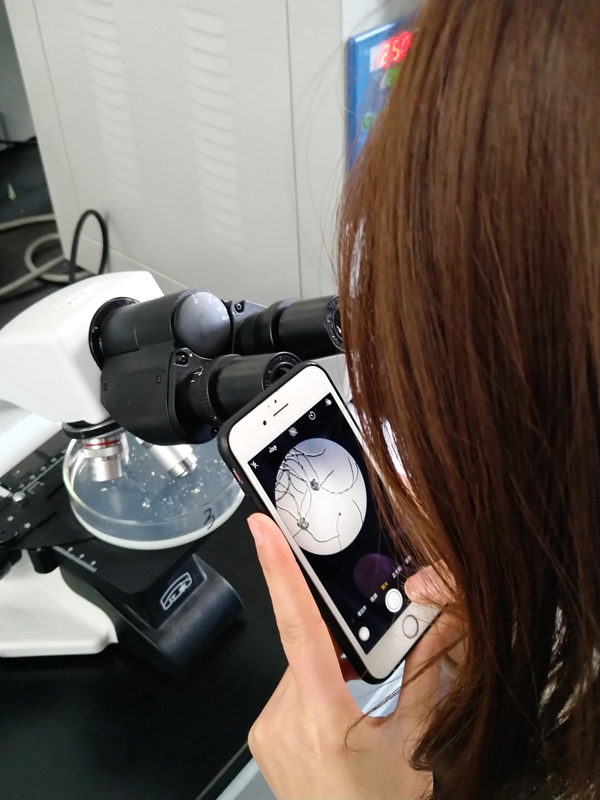Aug . 19, 2024 02:11 Back to list
Effective Techniques for Premium Fruit Bagging in Guava Cultivation
High-Quality Fruit Bagging in Guava An Essential Practice for Superior Yield
Guava, a tropical fruit renowned for its unique flavor and nutritional benefits, has gained popularity worldwide. As the demand for high-quality fruits continues to rise, growers are constantly seeking innovative solutions to protect their crops while enhancing fruit quality. One such practice that has emerged as a key technique in guava cultivation is fruit bagging. This method not only ensures that fruits are shielded from pests and diseases but also plays a vital role in improving the color, size, and taste of the fruit.
Understanding Fruit Bagging
Fruit bagging involves covering developing fruits with specially designed bags to protect them from external threats. These bags are typically made from lightweight, breathable materials that allow air circulation while preventing direct contact with pests, harsh weather conditions, and contaminants. The bags come in various shapes and sizes, tailored to the specific needs of different fruit types, including guava.
Benefits of Bagging Guava Fruits
1. Pest and Disease Control One of the primary advantages of fruit bagging is its ability to deter pests such as fruit flies, beetles, and other insects that can cause significant damage to guava crops. By creating a physical barrier, growers can minimize the need for chemical pesticides, resulting in a more organic and environmentally friendly approach to cultivation.
2. Improved Fruit Quality Bagging has a direct impact on the quality of guavas. The bags protect the fruits from sunburn, which can lead to unsightly blemishes and reduce market value. Moreover, the controlled environment within the bags helps ensure consistent color development, resulting in vibrant, appealing fruits. Additionally, bagged fruits often achieve higher sugar content, enhancing their taste and market appeal.
3. Reduction in Abscission Guava fruits are prone to dropping prematurely due to various stress factors. Bagging can reduce the incidence of abscission by providing a stable environment, allowing the fruits to mature fully on the tree. This ultimately leads to higher yields and better economic returns for farmers.
4. Reduction of Chemical Residue With reduced reliance on pesticides due to effective pest control through bagging, the risk of chemical residues on the fruit decreases. This is a significant benefit, especially in markets that prioritize organic produce, enhancing consumer confidence in the safety of the fruit.
high quality fruit bagging in guava

Best Practices for Fruit Bagging
To maximize the benefits of fruit bagging, growers should adhere to best practices
- Timing Fruit bagging should be done at the appropriate developmental stage. For guavas, this is typically shortly after fruit set. Covering the fruit too early can hinder its growth, while waiting too long may expose it to pests.
- Material Selection Choose high-quality bags that are UV resistant and breathable. The right material will allow for adequate sunlight exposure and air circulation, which are crucial for optimal fruit development.
- Regular Monitoring After bagging, it is essential to monitor the fruits periodically. This includes checking for any signs of pests that may have entered the bag and assessing the condition of the fruit. Regular checks ensure that issues can be addressed promptly.
- Proper Removal When it comes time to harvest, care should be taken in removing the bags. Avoid damaging the fruit during this process to maintain quality and minimize bruising.
Conclusion
High-quality fruit bagging is an indispensable practice in guava cultivation that enhances fruit quality, improves yields, and minimizes pest-related losses while promoting sustainable agricultural methods. As the global demand for premium guava continues to grow, implementing effective fruit bagging techniques will be essential for farmers aiming to achieve marketable success and maintain their competitive edge. By embracing this practice, growers can ensure that their guavas stand out in terms of taste, appearance, and overall quality, appealing to both consumers and markets alike.
-
AI-Powered Plant Pollen Analysis Using GPT-4 Turbo
NewsAug.03,2025
-
Plant Pollen Analysis: Fast & Accurate with GPT-4 Turbo
NewsAug.02,2025
-
KiwiPollen with GPT-4 Turbo: AI Health Supplement Boost
NewsAug.01,2025
-
Pollen Peach Tree AI Management with GPT-4-Turbo
NewsJul.31,2025
-
Eco Fruit Paper Bags for Peak Freshness | Durability Focused
NewsJul.31,2025
-
Pollen Peach Tree for Pure Pollination and High-Quality Peach Pollen
NewsJul.30,2025